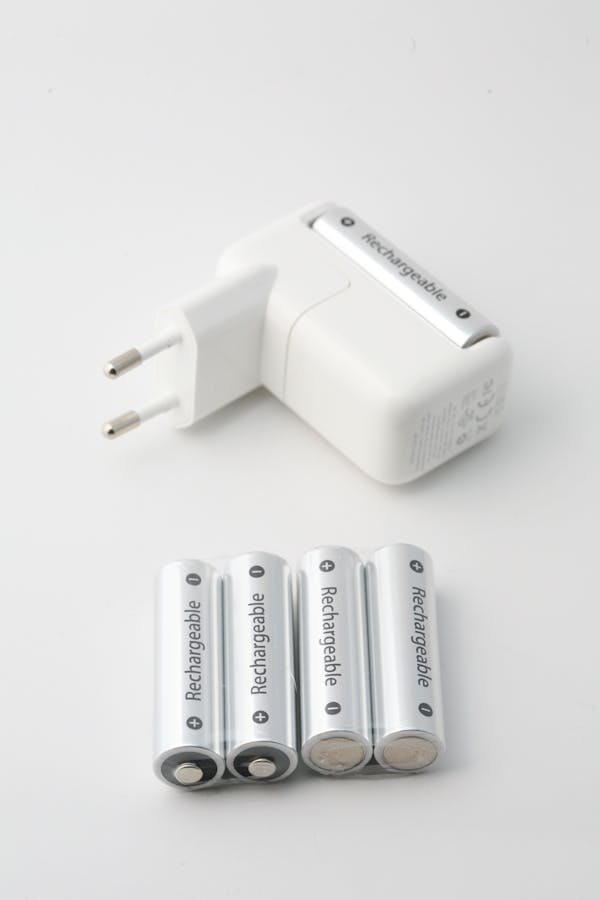Optimize energy distribution, extend operations, and reduce resupply costs with a back-up power system.
Batteries powered by gallium nitride (GaN) technology are revolutionizing the mobile power industry. This next-generation semiconductor material delivers higher efficiency and longer runtimes in smaller, sleeker designs.
Portable Power Stations
Portable power stations are rechargeable battery packs with the ability to convert and store energy from a variety of sources. This makes them ideal for camping, outdoor adventures, travel and emergencies. They usually come with AC output ports, USB-A and USB-C outlets, 12-volt car power inputs and even wireless charging pads. Discover more at betl.
The amount of power that a portable power station can provide depends on its capacity, which is typically expressed in watt hours. The higher the capacity, the more devices it can charge and the longer they can run. However, weight is also an important factor in this category, as you will need to carry or wheel the power station around.
Some power stations are also designed to be environmentally friendly and sustainable. These models utilize solar panels to harness clean and renewable energy, eliminating the need for fossil fuels. They may use lithium-iron phosphate (LiFePO4) or nickel cobalt oxide (NMC) batteries.
Portable Generators
Portable generators produce electrical power during a power outage, allowing homeowners and businesses to continue operating critical equipment. They work by converting mechanical energy from an engine into electrical current to power appliances. Most models are gas-powered, but some use diesel or propane. They connect to a home’s electrical system via a transfer switch, which isolates the generator’s wiring from the utility’s in the event of a power failure.

They’re also popular for camping, tailgating and other outdoor events. They’re usually stored in a garage or basement and wheeled out to the area where they’re needed. Larger models can also be used at construction sites to operate tools.
When using a portable generator, always follow the manufacturer’s operating and maintenance instructions. Never run a generator indoors, as it can emit dangerous carbon monoxide. Make sure it’s placed well away from your house and all exhaust is directed away from windows, doors and AC units. Place a battery-powered CO detector in your home to alert you if the level of the colorless, odorless gas gets too high.
Portable Inverters
Power inverters let you use AC-powered devices on the go, like laptops, tablets and phones. They’re great for camping trips and help ensure that you can work or play in emergency situations, such as during a power outage.
They convert DC power from batteries into conventional AC power. They make it easy to operate lights, TVs, microwave ovens and other appliances. They’re also essential for people who work on the go, like in trucks or vans.
Power inverters vary in output wattage and features. Choose an inverter with a continuous output rating that’s greater than the total wattage of all your connected equipment. Inverters with higher ratings can run larger appliances, and some have extra features for maximizing performance, like status indicators. Connect inverters to your batteries using a fuse and cable that meet the manufacturer’s specifications. For safety, connect the inverter’s grounding terminal to a metal surface or dedicated grounding point. Keep it out of direct sunlight and away from heating vents or radiators.
Portable Batteries
Mobile devices are wonderful, until their batteries run out and you’re nowhere near an outlet. That’s when portable chargers come in handy. Also known as power banks or battery packs, they are lightweight and can recharge your phone and tablets when you need a boost without plugging into a wall.
Power banks vary by size and charging capacity, with smaller options that provide an essential smartphone boost in your pocket to larger powerhouses that can keep multiple phones or tablets charged for a few days at a time. Look for a model with an indicator that shows how much charge is left and check the capacity, which is often shown in milliamp hours (mAh) or watt hours (Wh).
Most are lithium ion rechargeable, which means they can present safety risks if handled incorrectly, so follow proper care tips. For instance, they should never be left in hot cars or exposed to extreme cold. Some brands offer a warranty that covers their products for a reasonable amount of time.